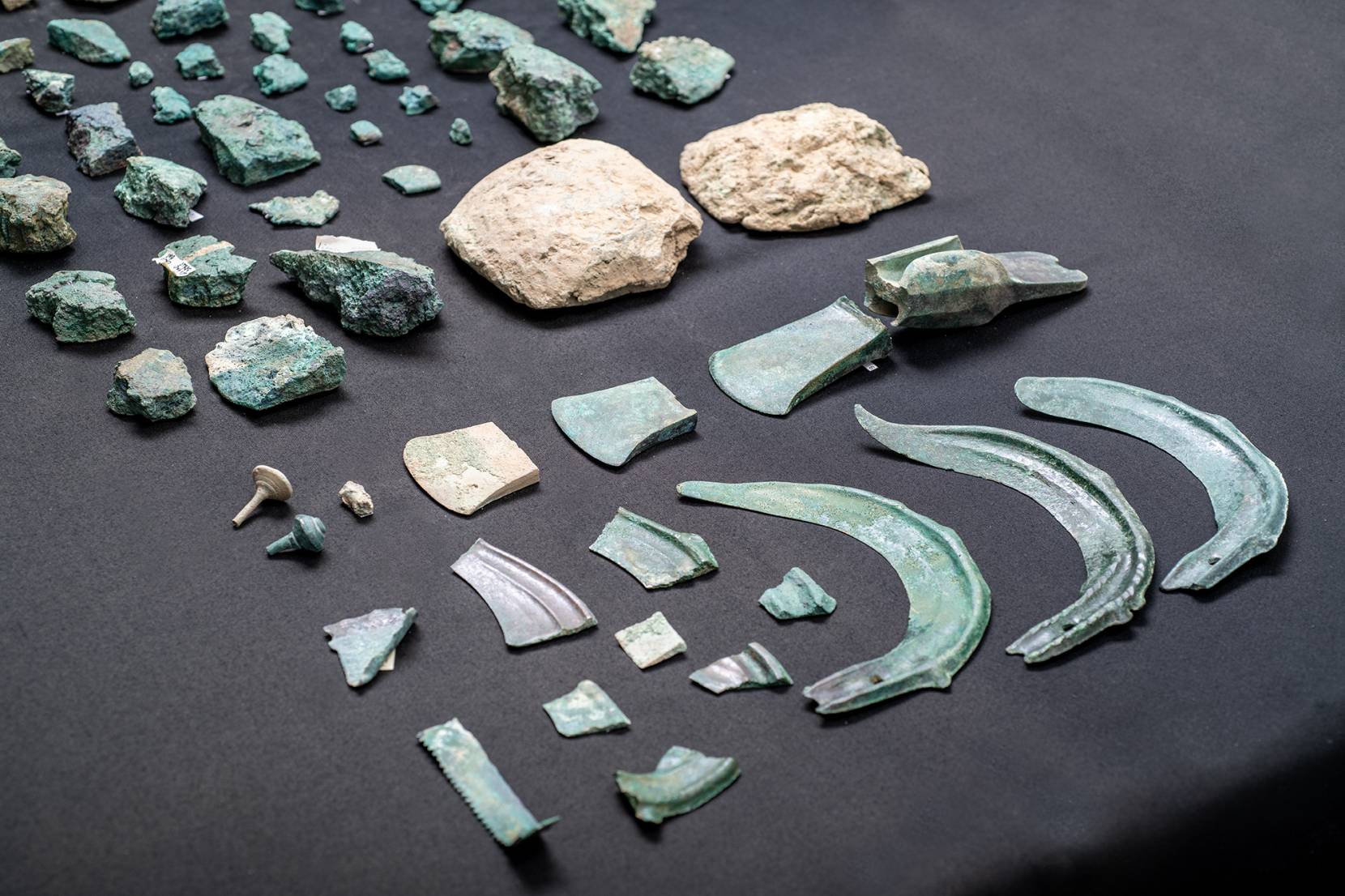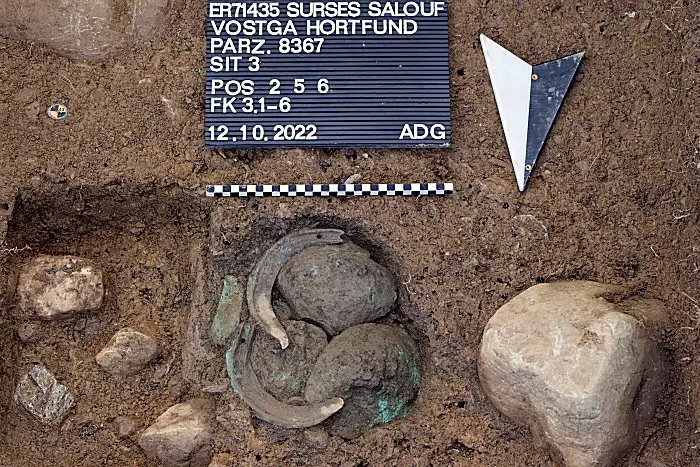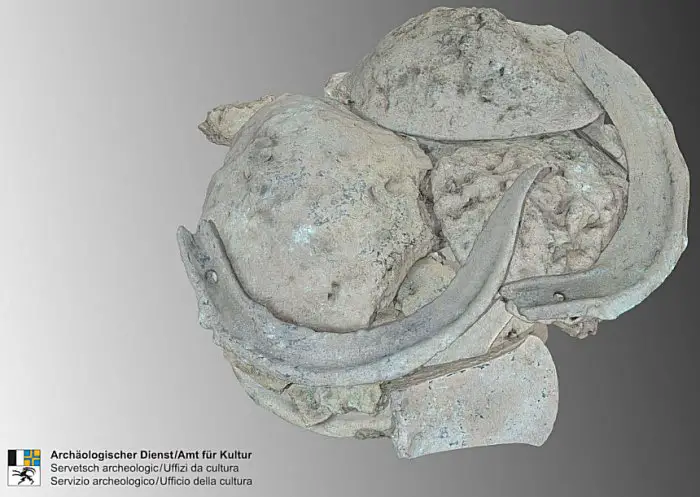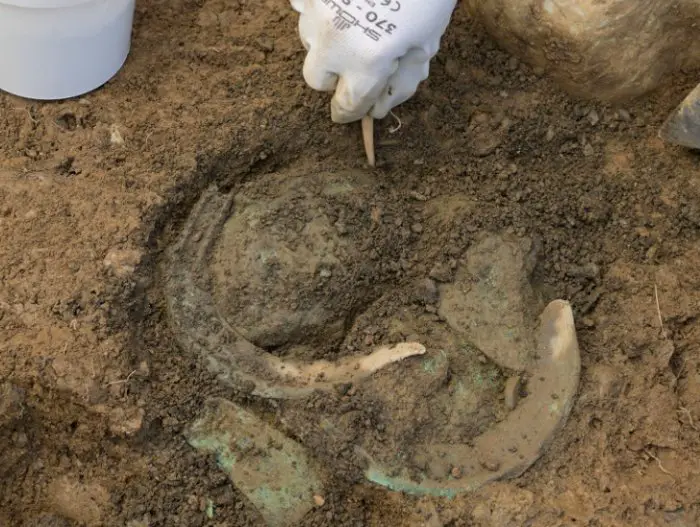Archaeologists from a research team recently discovered a trove of 80 bronze artifacts from the Late Bronze Age in the area near the Motta Vallac prehistoric settlement. All the artifacts combined weighed a total of 20 kilograms.

During the autumn of the year 2022, researchers working on the “CVMBAT” (Romansh for fight, battle, and skirmish) project, which focuses on the Roman campaign in the Alps, uncovered an archaeological find in Oberhalbstein (Surses), Switzerland’s southeastern Canton Graubunden.
The battle of Motta Vallac, which occurred in 15 BC, was the site of an extensive digital and physical excavation by researchers. A total of 80 artifacts from the Late Bronze Age were recovered from a single pit.
The research team’s press release has revealed that the Graubunden site, commonly referred to as a landfill, is by far the largest and most crucial collection in the region. Further investigation is being conducted into its multifaceted history.
The majority of artifacts encountered are cast cakes and unrefined copper pieces, which are typically linked to inner-Alpine metal fabrication. The findings include Bronze Age sickles, axes, a portion of a saw, and pieces of decorative items and clothing.

Autumn 2022 saw the initiation of a broad and thorough investigation of Crap-Ses Gorge with metal detectors; during this systematic search, a Bronze Age deposit was found on the left side of the valley. These deposits, otherwise known as depots or hoards, are collections of items that have been purposefully buried or concealed, usually composed of metal materials.
In the Vostga area south of Motta Vallac near Salouf, in association with a significant transalpine route, lies the site in question. After news of the discovery was broadcast, the ADG carried out an archaeological assessment, documentation, and recovery in October 2022.
The analyses that have been conducted point to all objects being placed in a box made of wood and encased in leather before being buried in the ground. It appears that these objects were deliberately rendered inoperable.

The Late Bronze Age is suggested by both typological and scientific dating techniques, which dates the ensemble to the 12th/11th centuries BC. For centuries, discarding metal goods has been a ritual that crosses cultures, and during the Bronze Age (3./2. millennium BC) this practice was a major part of the economic system.
Archaeology in Graubunden is celebrating a tremendous milestone with the uncovering of the most comprehensive and significant find ever discovered.

Thomas Reitmaier, the Graubunden canton archaeologist, expressed his conviction that the extensive scientific examination of this singular discovery in the area will give profound insights into the cultural, economic, and landscape history of the Late Bronze Age.



